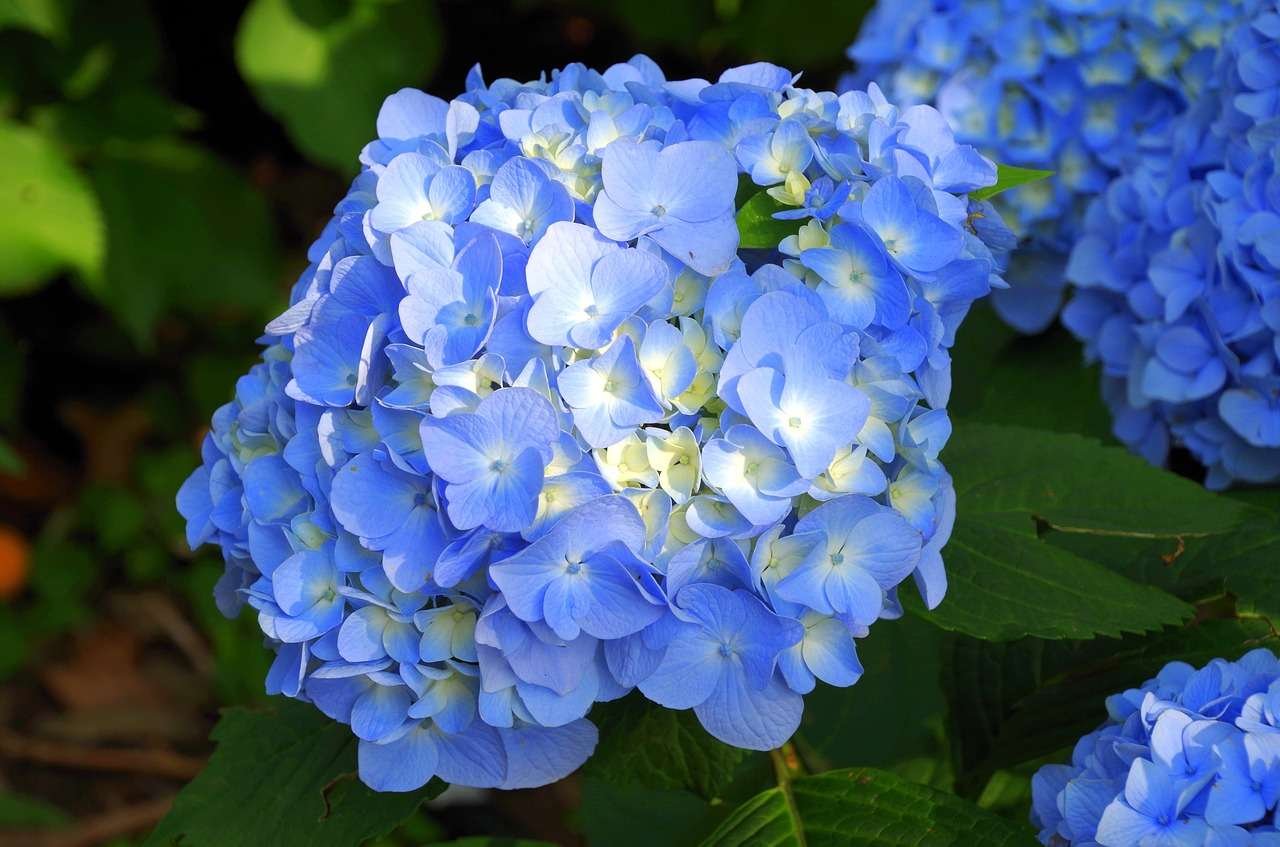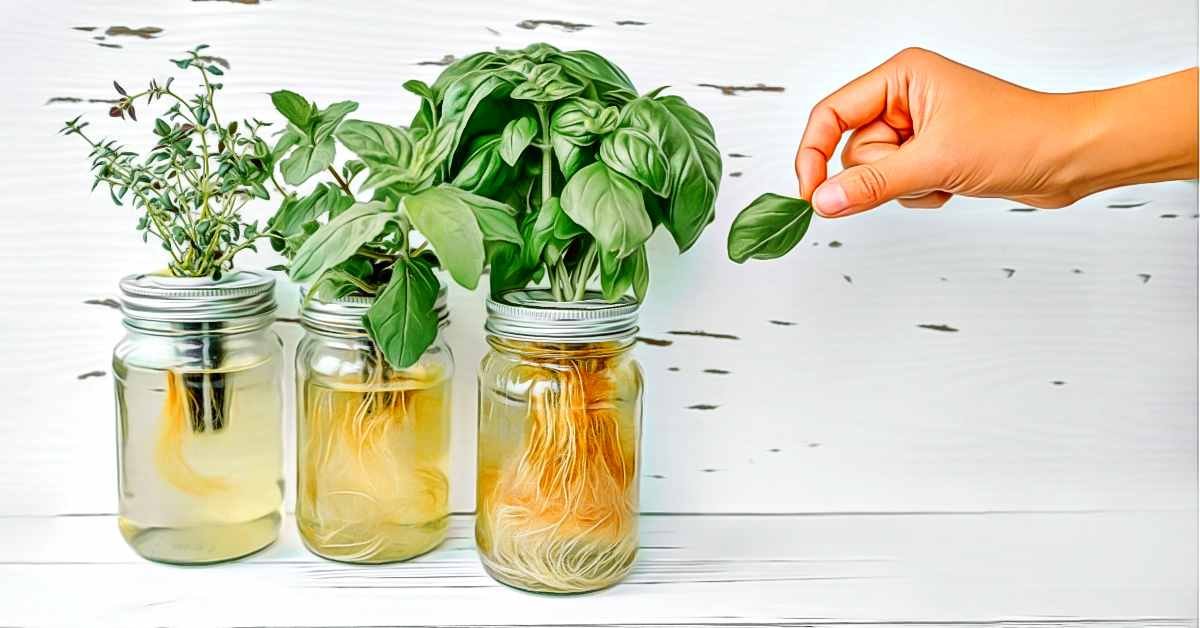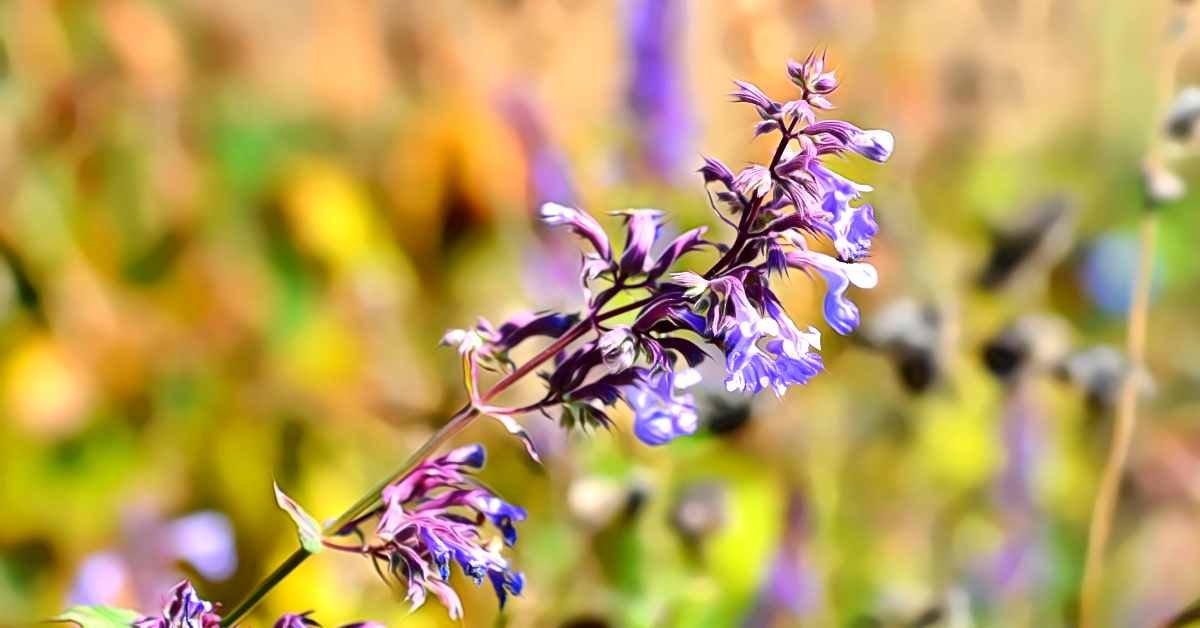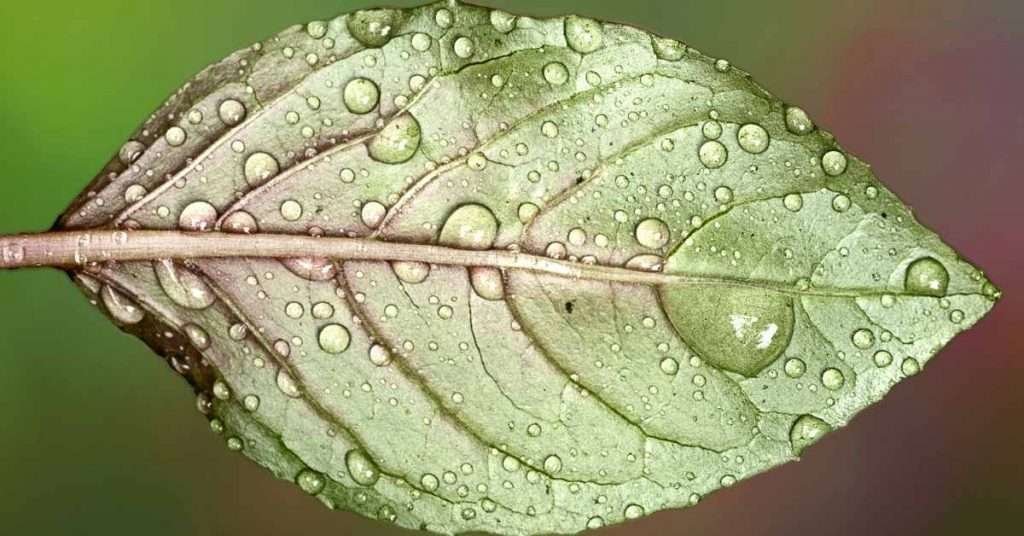The Hydrangea Blues
Hydrangeas are a flower that everybody is familiar with. Sold as potted plants or as landscape shrubbery, they are often sold in full bloom with beautiful white, pink or blue flowers. The most prized and popular is by far the blue hydrangea. They are versatile plants and are as at home in the semi tropical landscape as the cottage garden.

You may be looking into buying hydrangeas and want them to be blue or you have noticed that after a few years the blue of your prized hydrangeas fade or even change color from one year to the next. Either way, this guide will help you understand why that happens and how to make your hydrangeas as blue and get them blooming as beautiful as possible.
How it Works
The color of a hydrangeas flower is in direct relation to the amount of aluminum it can uptake from the soil. They use aluminum to make the blue pigment that gives them their classic color. The amount of aluminum a hydrangea can take up from the soil is, like many nutrients, related to the pH of the soil. Note, white hydrangeas lack pigmentation and cannot be made blue.
Blue Hydrangea PH – Changing Your Soils Ph
In order for your hydrangeas to uptake aluminum, the soil must be acidic. Acidic soil has a low pH, the optimal range is around 5.5-6.5. To help make it acidic you can add lots of organic matter. Materials like compost, coffee grounds and grass clippings can help with this.
Your soil likely already has aluminum in it but adding more aluminum can help increase the blue color. This can be done easily by adding aluminum sulphate which is readily available at most garden centers. The sulphate component of this additive can also help make the soil.

It may be necessary to work the organic material into the soil around your hydrangea. Be sure to leave at least 12” buffer room of undisturbed soil around the rootball of the plants so you do not kill it. Also be sure to do this deep amendment work in the early spring before there are too many leaves which will make it more stressful for the plant.
If you are planting new hydrangeas and you want them to be blue, be sure to test your soil. If it is alkaline then your can attempt to creat a pocket of acidity by digging a larger hole and filling it with an organic mix like peat or black soil.
Checking Your Water
One thing that may be affecting the color of your hydrangeas blooms is your water. If your water is at all alkaline, or hard as people call it, it may be raising the pH of your soil and defeating your efforts to get the perfect blue hydrangeas.
A great alternative to this is using rainwater which is naturally neutral or slightly acidic. You could also potentially alter the pH of the water you use to water your hydrangeas by adding citric acid or other additives made for lowering pH.
Pruning Basics
One mistake people often make with their hydrangeas is pruning them improperly, losing out on blooms. The secret is that most hydrangeas only bloom on second year growth, this means you have to be careful not to remove too much old wood when pruning them if you do.
Only remove the first quarter or third of the branch, always cutting above a leaf node. This holds true for pretty much all hydrangeas, except for some of the super hardy white types like Annabelle or Snowball.
Boosting Your Blooms
To ensure you get the largest and most amount of blooms, it is important that you fertilize your hydrangeas well. The addition of nice rich compost will not only help keep the soil acidic but will ensure strong growth and the best blooms. This can be done with a yearly amendment or by using fertilizer spikes. Look for ones specially formulated for plants that like acidic soil as they will help you keep your soil pH low.

Pink Hydrangea Perhaps?
As you were reading this you may of asked yourself “but how do people have pink hydrangeas?”
What a great question! The answer is simple, just make sure there isn’t much aluminum available to your hydrangea.
In pots this can be done be using a soilless potting mix because it will be deficient in aluminum.
In the ground you can make the aluminum unavailable for uptake by making the soil alkaline.
This can be done by adding wood ash or horticultural lime to the soil. Rock dust is also helpful for this.
Benefits Of Yarrow
8 Benefits Of Yarrow Yarrow, with its delicate blossoms and storied past, has been cherished…
Benefits of Watermelon
Watermelon, a refreshing summer favorite, isn’t just delicious; it’s packed with numerous health benefits. From…
7 Benefits Of Raw Garlic
Garlic, a culinary staple, boasts remarkable health benefits when consumed raw. From enhancing immunity to…
9 Benefits Of Basil
Basil, a renowned culinary and medicinal herb, has garnered global acclaim for its exceptional versatility….
Herbs You Can Grow in Water
12 Herbs You Can Grow in Water Italians say that herbs give a dish its…
Benefits Of Catnip
5 Benefits Of Catnip Catnip, renowned for its playful effects on felines, offers a plethora…












